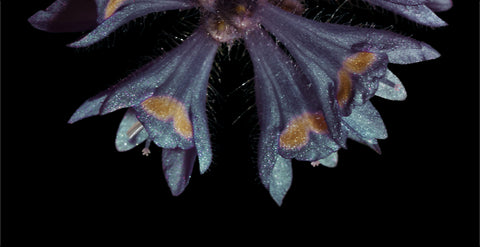We are often asked to talk about the process of creating our hummingbird photography images.
The process of actually taking the pictures is briefly discussed in the about us, what we do, section of this site. Click here for a link
For this blog, I will focus on the compositing aspect.
I takes us an average of 3,000 shots to find one that is worth working on.
So, of course, the first task is to go through them all.
After a shoot I download my images to a small notebook computer, while using software to rename them in a way that helps me remember the location as well as the species name.
Once I return home and have access to a bigger screen, I make a first pass to delete those that are totally hopeless. Because hummingbirds move so fast, many of the shots are taken just a second too late, so the subject has already flown out of the frame. Others are completely out of focus. That usually leaves me with 50-80% to consider further.
I use a 5 star system. So, for the second pass, I give one star to those images that have at least a good portion of my subject sharp. This tends to eliminate about 50% of the remaining images. I continue along this path until I have a handful of 5 star images for a specific bird or other subject.

At this point, I’m looking for an interesting angle and for a photo that will help to anchor my composition.
For this example, I tried a new approach.
I had found a beautiful photo of a Cinnamon Hummingbird which displayed his open tail from the back and his open beak. This was clearly an action shot and the whole bird was in focus. Yeah!

This bird has an unusual coloration. It does not display as much iridescence or variety of color as other hummingbirds, so I decided to take a good look at a color wheel and use the colors found in the opposite corners of a triangle as you can see here:

This meant that for his orange colors, a balanced image would call for violet and cyan. Agh! Not colors usually found in flowers, an element that I wanted to use.
So, I chose the Violet Sabrewing. It is a large hummingbird that often doesn’t bother to fight smaller ones. It just simply takes what is wants. This gave me a possible story to tell as well as a color that I was looking for.
However, in order to tell the Cinnamon’s story, I needed a flower to show the reason for the exchange between the two species. This was definitely easier said then done. Where was I going to find a cyan flower?? Fortunately, the Violet Sabrewing also shows a bit of cyan as it reflects his iridescent body. So I felt that the flower did not have to be fully cyan.

A bit of color manipulation on a flower that showed some promise yielded the desired coloration. Although we are very careful to show the hummingbirds as they appear in nature, we give ourselves the liberty of adding other elements that are not always true to life. Our work is meant to be artistic in nature, not just representational.
The three elements that I was looking for were now in place.
Now, all that was left is to carefully ‘cut’ out each element from its background. A process that can be tedious, but that I find meditative.


I could finally play to my heart's content. How would these three elements fit together? How would I change the lighting to have them blend in a single pleasing unit? Did I succeed? Only if you enjoy it too.

Thanks, Helen. I’m really pleased that you found it interesting. We learned a lot from you, too.
I really enjoyed reading about how you created this image from selecting the best image to using the color wheel for composition to cutting out and compositing the final image. Great!
Glad you enjoyed it Scott. It was fun to try something different. Keep well. Cindy
Beautiful picture, well told story. Thanks, Scott